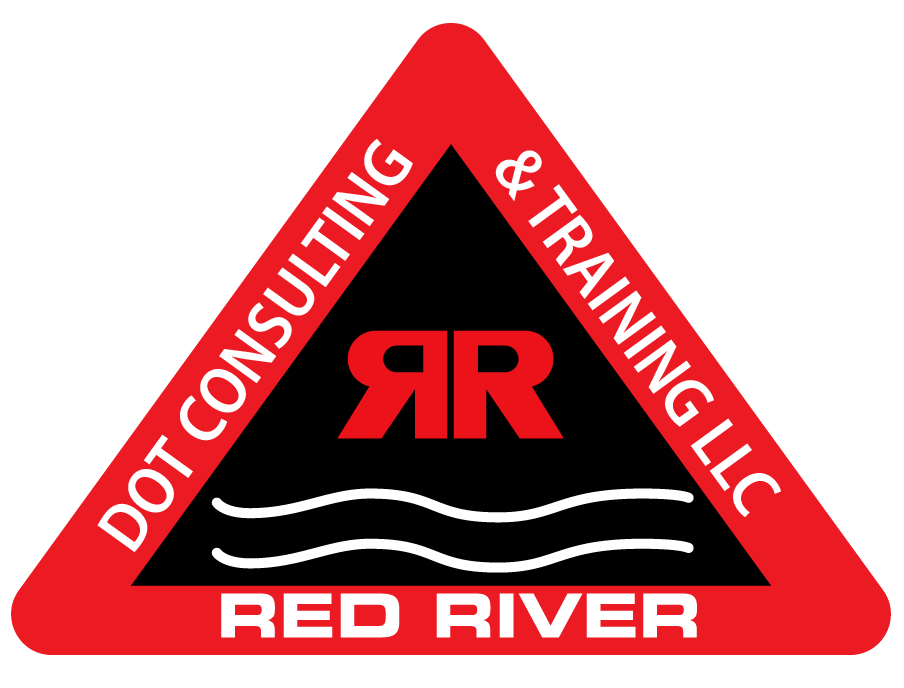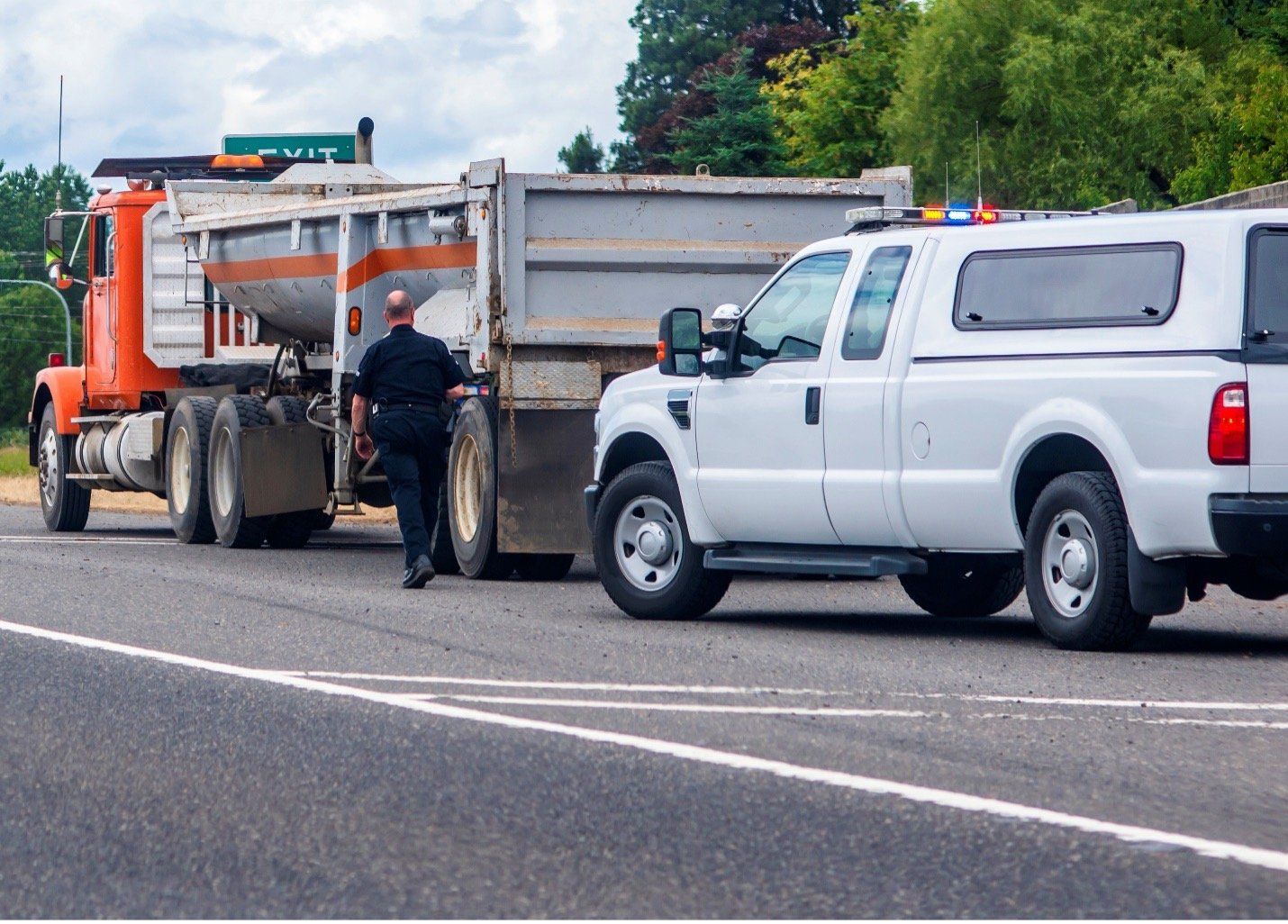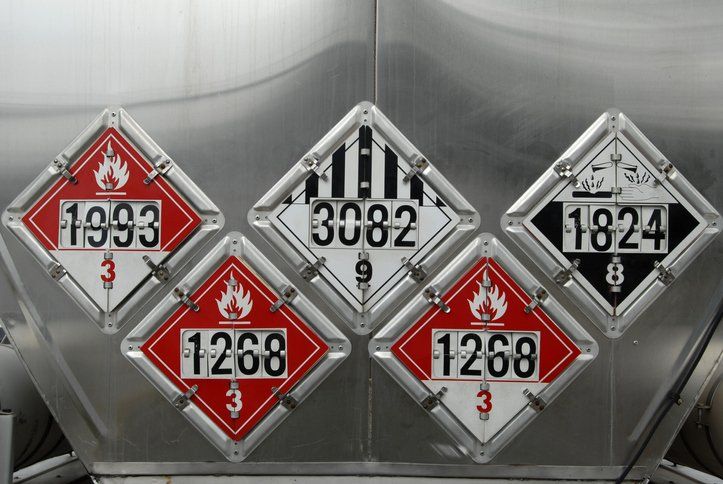Looking for classes?
BLOG
Blog

19 Jul, 2021
As an employee in the trucking industry, the occupational safety statistics make for grim reading. Luckily, there is a myriad of Federal and State agencies whose mandate is to ensure all workers maintain safety standards. As a trucker, you are primarily under the jurisdiction of the US Department of Transport (DOT), with jurisdictional limits. Beyond those restrictions, the Occupational Safety and Health Administration (OSHA) takes over. What is the difference between OSHA and DOT jurisdiction? Here is a quick look at a couple of situations. Highway Driving As a trucker, you spend most of your time on the road. However, you do have to drop off your cargo at some point and pick up new deliveries. Whenever you are traveling on public roads, the US DOT has occupational safety jurisdiction. This is through the Federal Motor Carrier Safety Administration. There is a distinction to be made between OSHA and DOT jurisdiction. The FMCSA has control over interstate commerce while OSHA has jurisdiction over intrastate commerce. So, if you are transporting within the state and are not making any transshipment from out of state, OSHA will have command. If you are hauling Hazmat, DOT has jurisdiction – interstate and intrastate. Loading and unloading Once you have delivered the goods to the destination, they have to be put into some form of storage. It could be grain handling facilities, warehouses, or retail location piers. OSHA has jurisdiction over loading and unloading in off-highway facilities. In these areas, OSHA requires that workers receive instructions concerning the safety procedures, as well as the hazards they may face in that particular space. There are also industry-specific hazards that workers need to be aware of. The trucking industry is known to have the most fatalities across all occupations. By following specific regulations by OSHA and the DOT, you can keep yourself from becoming a part of those statistics. Since training is crucial to your success, ensure you plan for it. Find both DOT and OSHA online training here .

19 Jul, 2021
Your job as a CDL driver supervisor is not easy. The responsibility placed on your shoulders could make or break a company. You need to be on top of everything. This includes drug and alcohol training. As part of fulfilling your DOT requirements, you need to have at least 120 minutes of reasonable suspicion testing training. While traditionally you may need to visit a physical class to get the training, Red RiverDOT Consulting and Training has made it easier for you. All you need is to get reasonable suspicion testing training online. Why you need the course Under 49 CFR Part 382.307 of the Federal Motor Carrier Regulations, an employer, orin this case, a supervisor will require a driver to take an alcohol or drugs test if there is reasonable suspicion that the driver may be drunk, or could be using drugs. While those terms are simple enough to digest, it's not always easy to determine whether a driver is drunk, using a controlled substance, or just having eccentricities at work. This course helps you determine whether a driver is using alcohol or drugs by teaching you how to make sense of your hunches through the Reasonable Suspicion Process. What the course covers During the two hours you spend learning, you cover a lot of instruction crucial for maintaining driver safety. You start by covering the rules and regulations, as well as going over the reasonable suspicion testing process and how to use it. The lessons also involve learning about the effects of alcohol and various drugs, what to look for when you want to determine the substance the driver is on, and how to handle them. This detailed course will benefit you greatly since you'll acquire knowledge and insights into the program. Learn more about it here .
Follow Us
Call Us
Phone : (405) 246-5004
Phone : (713) 907-8133
Hours
Mon: 8:00AM-5:00PM
Tue: 8:00AM-5:00PM
Wed: 8:00AM-5:00PM
Thu: 8:00AM-5:00PM
Fri: 8:00AM-5:00PM
Sat: Closed
Sun: Closed
3750 West Main, Suite 212
Norman, OK 73072
Driven by
Long Drive Agency 🏌️♂️
Driven by
Long Drive Agency 🏌️♂️






